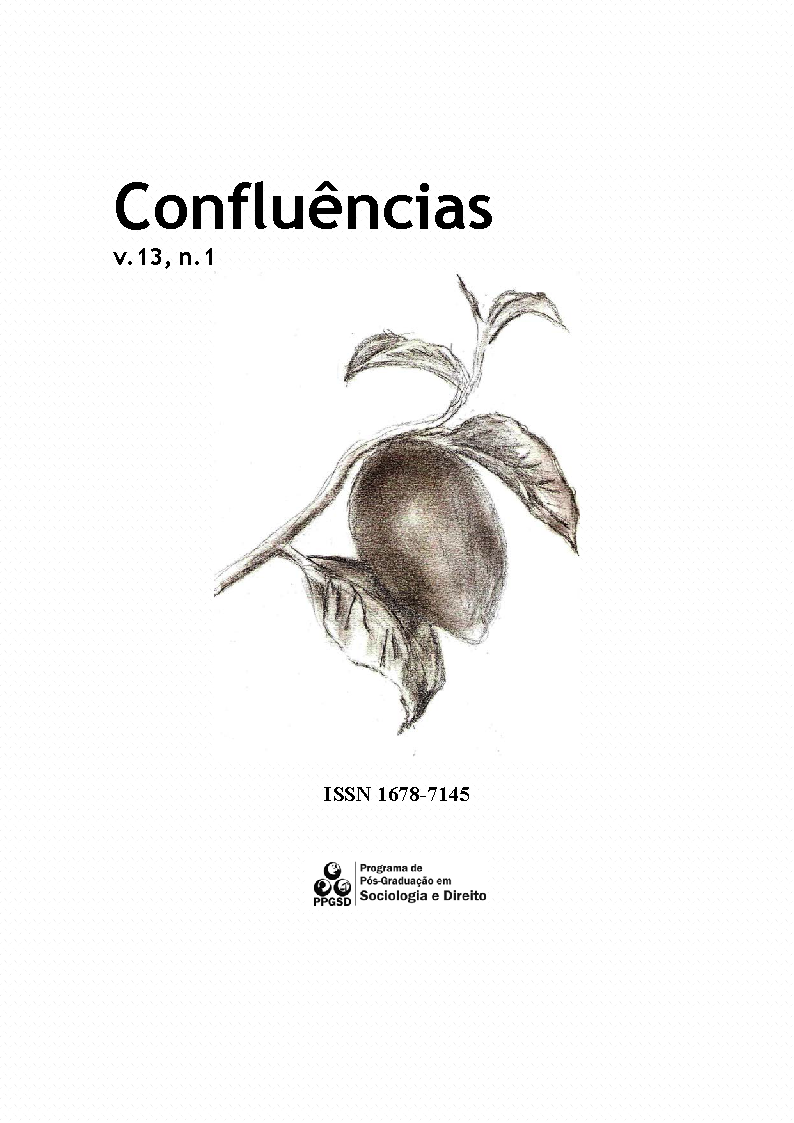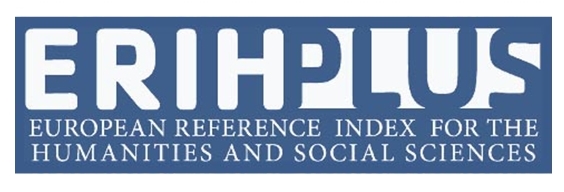Os infiltrados: Limites legais e éticos da atuação da "imprensa investigativa no Brasil"
DOI:
https://doi.org/10.22409/conflu13i1.p163Keywords:
Journalism, Ethics, Legislation.Abstract
Techniques such as using hidden cameras or voice recording have become widely usedinstruments of investigative journalism both in Brazil and other countries, such as France. With the aim of breaking stories about illegal conduct, the media has assumed the role of an “investigative press”. These “scoops” are obtained in a far from orthodox fashion, returning us to the old dilemma: what are the limits of a free press and, more specifically, what parameters should be used for journalist work? Indeed, do any such parameters exit? If they do, under what legal and moral order are they classed? In the current context, since the Brazilian Press Act (Law 5.250, of 1967) was revoked, press freedom has been addressedonly in the sphere of the Federal Constitution, as a fundamental right, and treated by the Supreme Federal Court as a practically limitless “super right”. There are, however, other fundamental rights often affected by excessive media actions. The central question proposed in this study is: when using methods of dubious merit, is the media providing a service or disservice to society? Is it invading the authority attributed in the constitution and by law to the civil and federal police forces and the federal prosecution service to perform criminal investigation work? Moreover, does this “vigilante” behaviour surpass or violate legal and
ethical limits?
Downloads
References
BOBBIO, Norberto. O positivismo jurídico: lições de Filosofia do Direito. São Paulo: Ícone, 2006.
CONSTITUIÇÃO da República Federativa do Brasil, 1988. Disponível:
<http://www.planalto.gov.br/ccivil_03/constituicao/constitui%C3%A7ao.htm>.
CÓDIGO Penal, 1940/1984. Disponível: <http://edutec.net/Leis/Gerais/cpb.htm>.
DALMONTE, Edson Fernando. É preciso ordenar a comunicação? Questionamentos acerca
da necessidade de instâncias mediadoras entre a mídia e o público. XI Congresso Luso Afro
Brasileiro de Ciências Sociais, ANAIS. Salvador. 2011.
DALMONTE, Edson Fernando. Efeito de real e jornalismo: imagem, técnica e processos de
significação. Sessões do Imaginário, v. 20, p. 41-47, 2008. Disponível:
<http://revistaseletronicas.pucrs.br/ojs/index.php/famecos/article/viewFile/4832/3688>.
FÉLIX, Virginie. De l'“infiltration” comme méthode journalistique. telérama.fr, 2011.
Acesso em 04 de agosto de 2011. Disponível: <http://www.telerama.fr/monde/de-linfiltration-
comme-methode-journalistique,54890.php>.
SCHOPENHAUER, Arthur. O mundo como vontade e representação. São Paulo: UNESP,
SILVA, Wanise Cabral. Da lei à ética: mecanismos de limitação à liberdade de imprensa.
Diálogos possíveis, Salvador, ano 5, n. 2, jul.- dez., 2006, p. 49-67. Disponível:/9/3dp_wanise.pdf
SIROUX, Danièle. Deontologia. In: CANTO-SPERBER, Monique. Dicionário de Ética e
Filosofia Moral. 2v. São Leopoldo: Unisinos, 2003.
KANT, Immanuel. Fundamentação da metafísica dos costumes. Lisboa: Edições 70, 2008.
KELSEN, Hans. Teoria pura do direito. São Paulo: Martins Fontes, 2009.
MILL, J. S. Utilitarismo. Portugal: Porto Editorial, 2005.
RANDALL, David. El periodista universal. Madrid: Siglo XXI, 2009.
RAWLS, John. Uma teoria da justiça. São Paulo: Martins Fontes, 2000.
VÁZQUEZ, Adolfo Sánchez. Ética. 30. ed. Rio de Janeiro: Civilização Brasileira, 2008.







